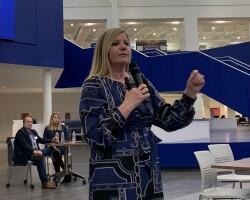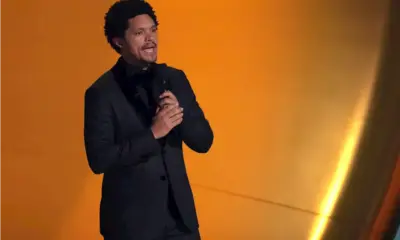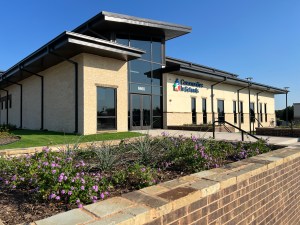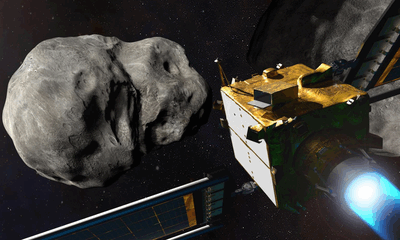Technology
DART Faces Crisis as Cities Seek to Exit Transit Agency
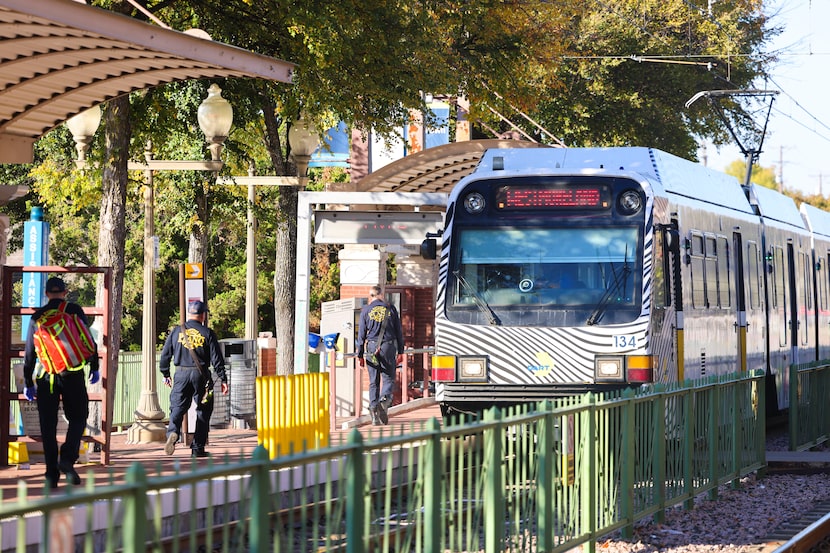
Dallas Area Rapid Transit (DART) is facing a significant crisis as four local governments—Irving, Highland Park, Plano, and Farmers Branch—have initiated elections aimed at withdrawing from the transit agency. This development highlights the growing dissatisfaction with DART’s performance and the perceived inequities in funding among the region’s municipalities.
The issues surrounding DART have sparked considerable debate among urban planners and local leaders. Critics argue that the current transit system is unsustainable and disproportionately funded by just 13 member cities, despite the fact that the North Texas region consists of over 150 municipalities. Many residents believe that cities outside DART are thriving financially because they allocate their funds elsewhere, leading to the question of whether the transit system is serving its intended purpose.
Over the years, public perception of DART has soured, with many residents citing concerns about crime, homelessness, and cleanliness on public transport. There is also a widespread belief that the system does not adequately connect people to the places they need to go. As a result, DART has garnered a reputation that some argue is unjust but nonetheless influential in shaping voter sentiment.
Randall Bryant, recently appointed chair of DART, and CEO Nadine S. Lee now find themselves in a precarious position. Bryant, at just 38, is the youngest chair in the agency’s history, but he faces the daunting task of leading DART during a critical juncture. Observers note that while Lee has a strong background in transit systems, the political nature of her role complicates the agency’s ability to address its challenges effectively.
The situation has escalated to the point where local governments are contemplating their exit from DART. If the elections proceed as planned, cities like Carrollton and University Park are expected to follow suit, potentially taking with them a combined total of approximately $305.6 million in sales tax revenue, which accounts for roughly 36% of DART’s total revenue.
A report by EY highlighted that 60% of growth in the region is occurring in areas not served by DART. This statistic underscores the shifting dynamics in North Texas, where suburban areas are increasingly distancing themselves from Dallas’s influence. Critics assert that Dallas has failed to adapt to these changes, with a lack of collaboration and communication leading to a sense of alienation among suburban municipalities.
Dallas’s historical dominance in the region has diminished, and the city’s leadership has struggled to maintain the same level of authority it once commanded. This shift is evident in the growing resentment among suburban leaders, who feel sidelined in decisions regarding transit. Such tensions have resulted in a fractured regional relationship, with many now questioning the viability of DART as a unified transit solution.
Local leaders, including the new CEO of the Dallas Regional Chamber, Brad Cheves, face the challenge of reconciling these tensions. As the region prepares for high-profile events such as the 2026 World Cup soccer matches, concerns mount that inadequate transit options will tarnish North Texas’s reputation as a major player on the international stage.
The need for a comprehensive solution is evident. Advocates for regional transit have called for a broader funding mechanism that includes contributions from a larger number of cities and potential new revenue sources, such as vehicle registration fees or hotel occupancy taxes. Such measures could help create a more equitable funding structure and ensure that all municipalities benefit from a robust public transit system.
In summary, the future of DART hangs in the balance as local governments explore their options. The ongoing elections signal a critical moment for public transportation in North Texas, emphasizing the urgent need for a collaborative approach to transit that reflects the realities of a rapidly growing region. The outcome of these elections could reshape the landscape of public transportation and redefine the relationship between Dallas and its surrounding suburbs.
-

 Technology5 months ago
Technology5 months agoDiscover the Top 10 Calorie Counting Apps of 2025
-

 Technology2 weeks ago
Technology2 weeks agoOpenAI to Implement Age Verification for ChatGPT by December 2025
-

 Health3 months ago
Health3 months agoBella Hadid Shares Health Update After Treatment for Lyme Disease
-

 Health3 months ago
Health3 months agoAnalysts Project Stronger Growth for Apple’s iPhone 17 Lineup
-

 Health3 months ago
Health3 months agoErin Bates Shares Recovery Update Following Sepsis Complications
-

 Technology5 months ago
Technology5 months agoDiscover How to Reverse Image Search Using ChatGPT Effortlessly
-

 Technology3 months ago
Technology3 months agoElectric Moto Influencer Surronster Arrested in Tijuana
-

 Technology2 months ago
Technology2 months agoDiscover 2025’s Top GPUs for Exceptional 4K Gaming Performance
-

 Technology5 months ago
Technology5 months agoMeta Initiates $60B AI Data Center Expansion, Starting in Ohio
-

 Technology5 months ago
Technology5 months agoRecovering a Suspended TikTok Account: A Step-by-Step Guide
-

 Health5 months ago
Health5 months agoTested: Rab Firewall Mountain Jacket Survives Harsh Conditions
-

 Lifestyle5 months ago
Lifestyle5 months agoBelton Family Reunites After Daughter Survives Hill Country Floods

